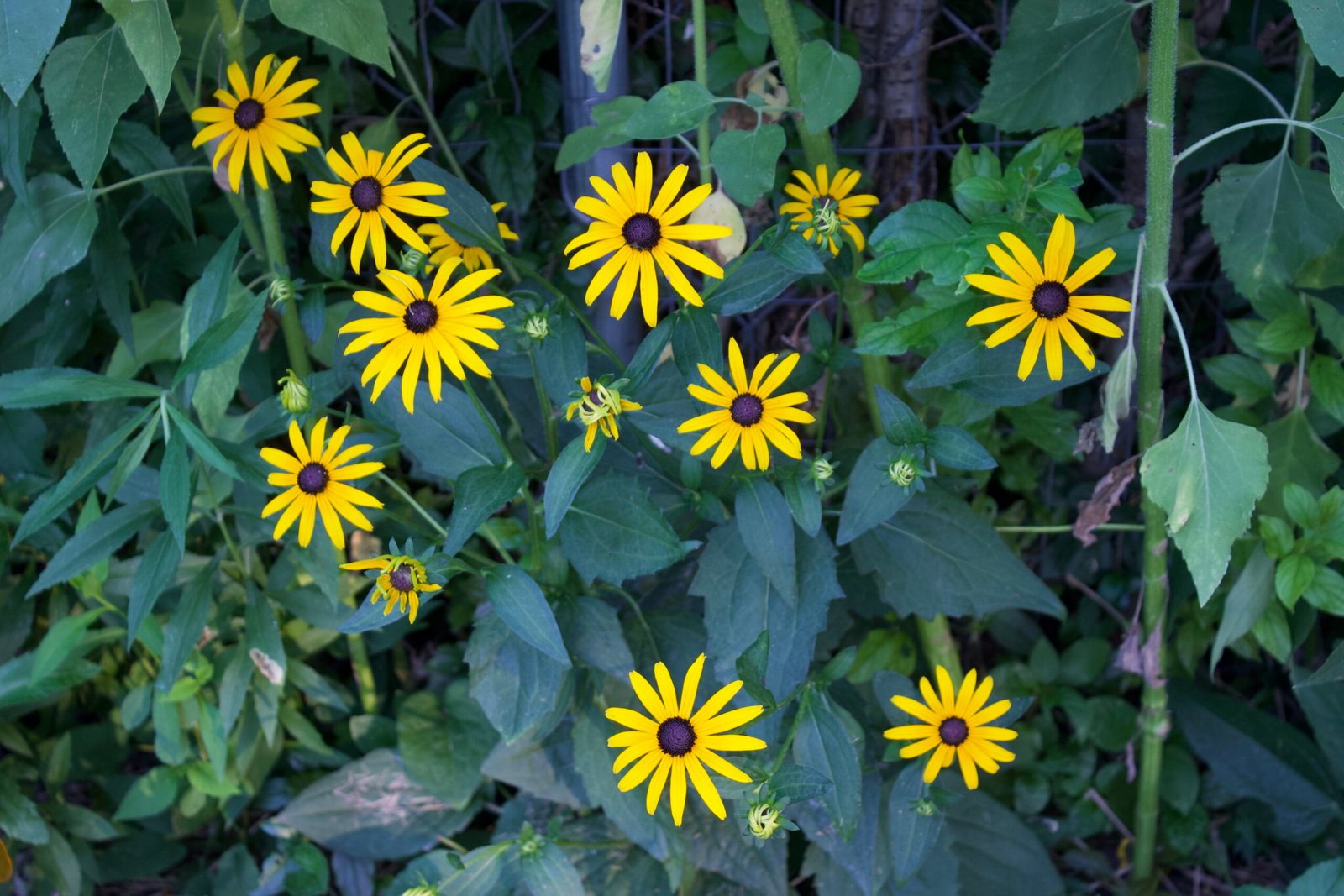Rudbeckias might just be the gateway plants of the native garden world. Bold, cheerful, and pollinator-approved, they show up strong through the heat of summer and into fall without asking for much in return. And the best part? There’s more than one kind worth growing.
This post takes a closer look at three standout species—Rudbeckia hirta, Rudbeckia fulgida, and Rudbeckia triloba—and why they each bring something unique to a native planting.
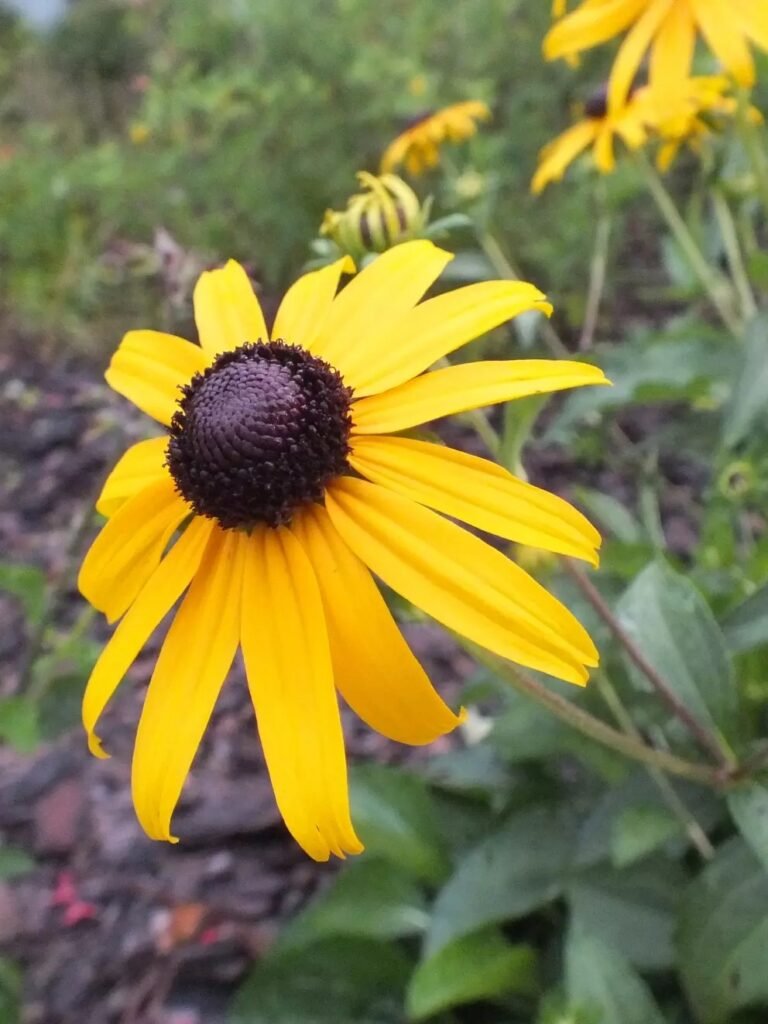
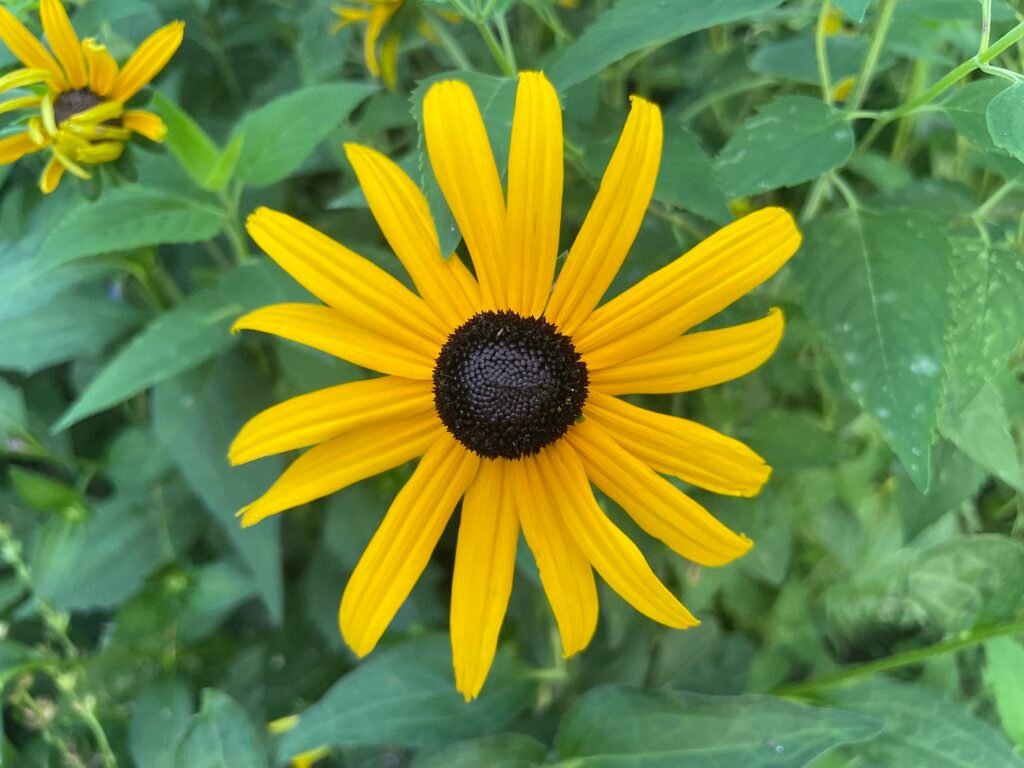
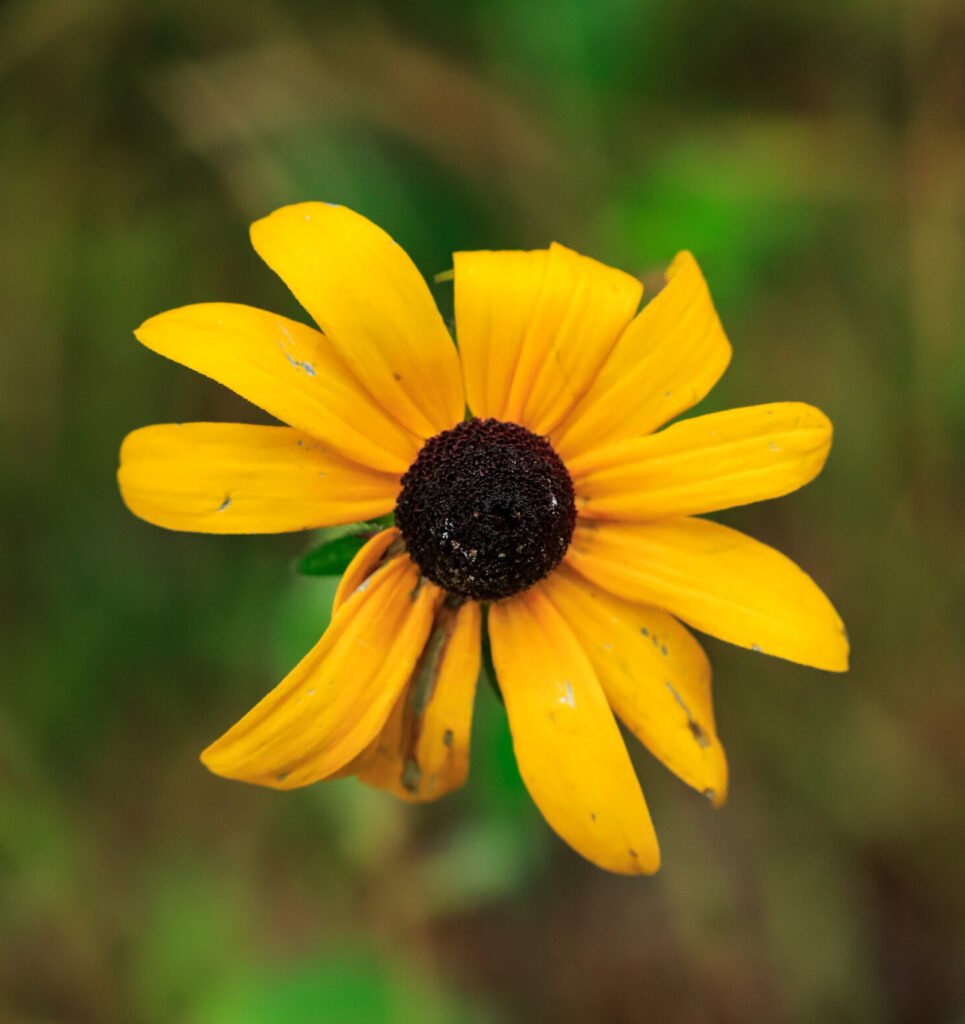
What Are Rudbeckias?
Rudbeckia is a genus of North American flowering plants in the aster family (Asteraceae), commonly known as black-eyed Susans or coneflowers (though not to be confused with Echinacea). Most are sun-loving, clump-forming perennials or reseeding biennials, known for their golden-yellow petals and contrasting dark central cones.
They’re dependable bloomers, often flowering for weeks on end, and they serve as a reliable nectar and pollen source for bees, butterflies, and other beneficial insects. Plus, birds like finches will go for the seedheads in late summer and fall.
Let’s dig into three native species worth a spot in your garden.
Rudbeckia hirta (Black-eyed Susan)
Probably the most familiar of the bunch, Rudbeckia hirta is often the first to show up in seed mixes and roadside restorations. Technically a short-lived perennial or biennial, it grows quickly and blooms the first year from seed. It prefers full sun, well-drained soil, and can tolerate a bit of dryness.
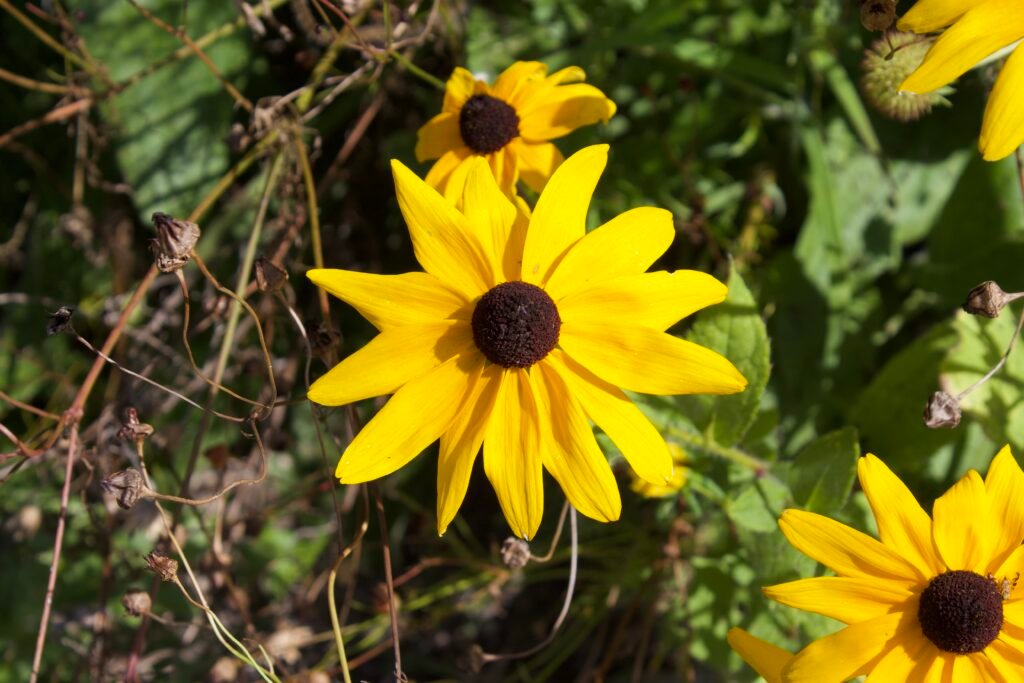
- Height: 1–2 feet
- Life cycle: Biennial
- Bloom time: Early summer to fall
- Wildlife value: Popular with native bees, butterflies, and other pollinators. Seedheads attract finches.
- Spacing: 10-12″
- Seed stratification: 30 days cold
- Bonus: Easy to start from seed and will reseed easily in open soil.
If you want fast color and a pollinator hit list in your first season, this one delivers.
Rudbeckia fulgida (Orange Coneflower)
Often sold as ‘Goldsturm’ in garden centers, Rudbeckia fulgida is a hardy, clump-forming perennial that sticks around year after year. It has slightly smaller, more refined flowers than R. hirta, but makes up for it with long bloom time and solid reliability.
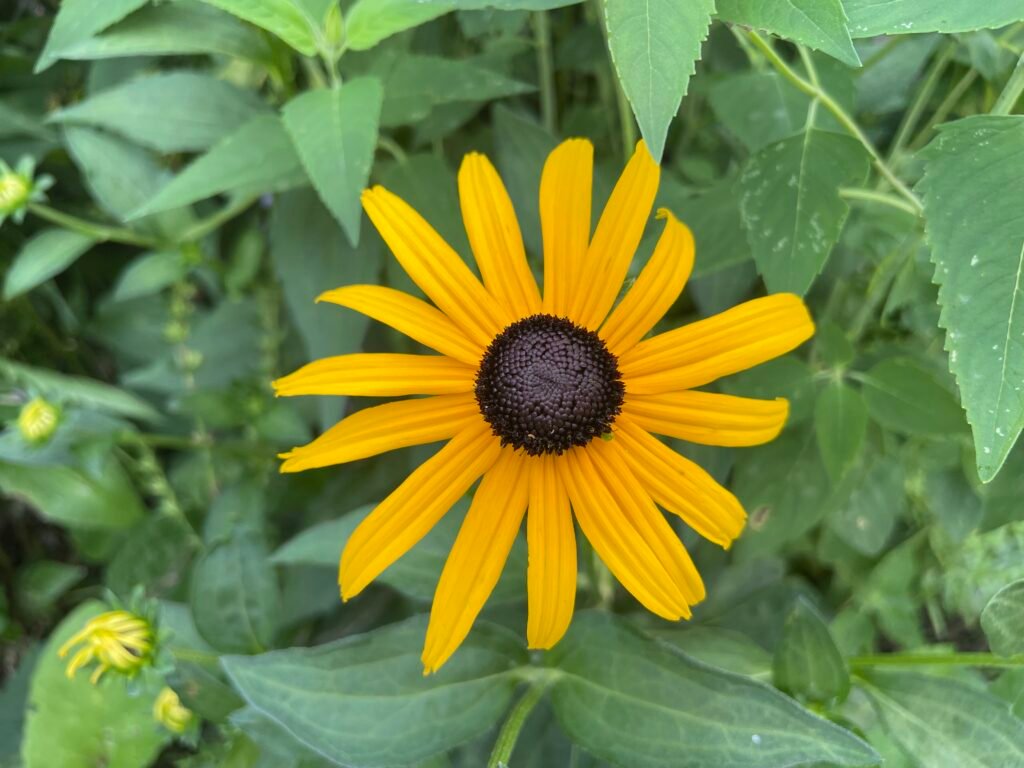
- Height: 2–3 feet
- Life cycle: Perrenial
- Bloom time: Mid to late summer
- Wildlife value: Great for bees and butterflies, especially in warm, sunny patches.
- Spacing: 1-2′
- Seed stratification: 60 days cold
- Bonus: A bit more “domesticated” in appearance but still supports native pollinators.
If you want tidy, long-blooming color that comes back every year with minimal fuss, this is your plant.
Rudbeckia triloba (Brown-eyed Susan)
The wildest and most sprawling of the three, Rudbeckia triloba is a short-lived perennial that acts like a self-seeding annual in many gardens. It sends up bushy, branching stems packed with smaller golden flowers that absolutely light up the garden in late summer.
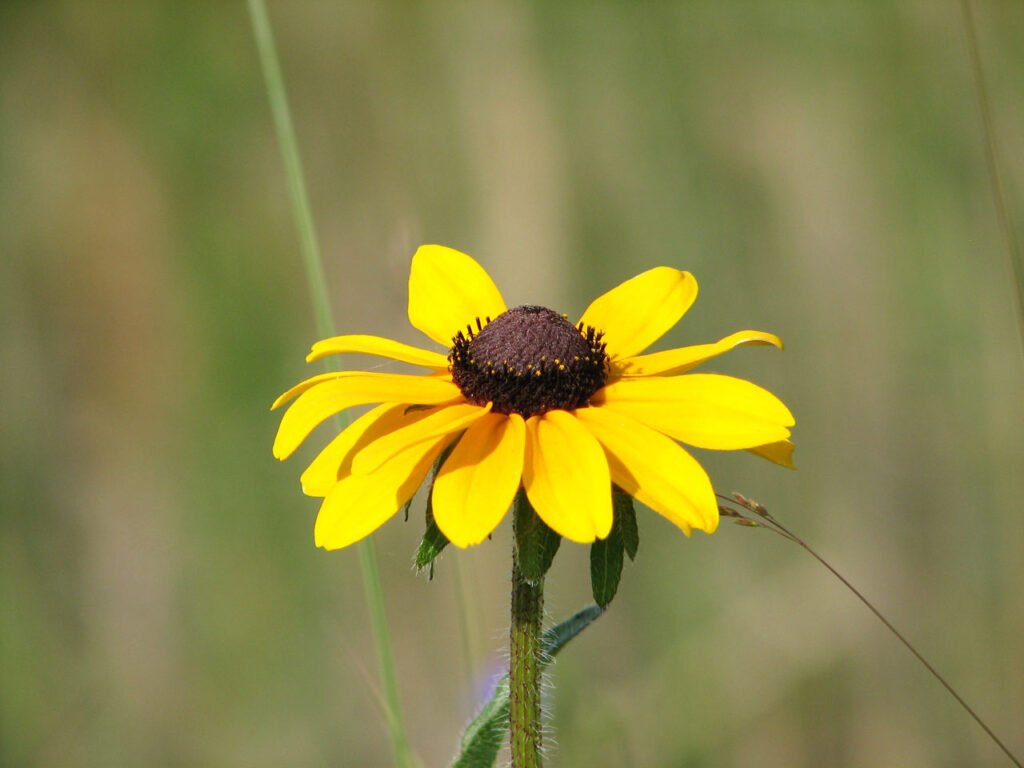
- Height: 3–5 feet
- Bloom time: Late summer into fall
- Life cycle: Biennial, Perennial
- Wildlife value: Supports a wide range of late-season pollinators. Birds will feed on seedheads.
- Spacing: 1-3′
- Seed stratification: 30 days cold
- Bonus: Will happily reseed itself in hospitable conditions—great for wilder gardens.
This is the one to plant if you like a little chaos, need some height and want your garden buzzing in September.
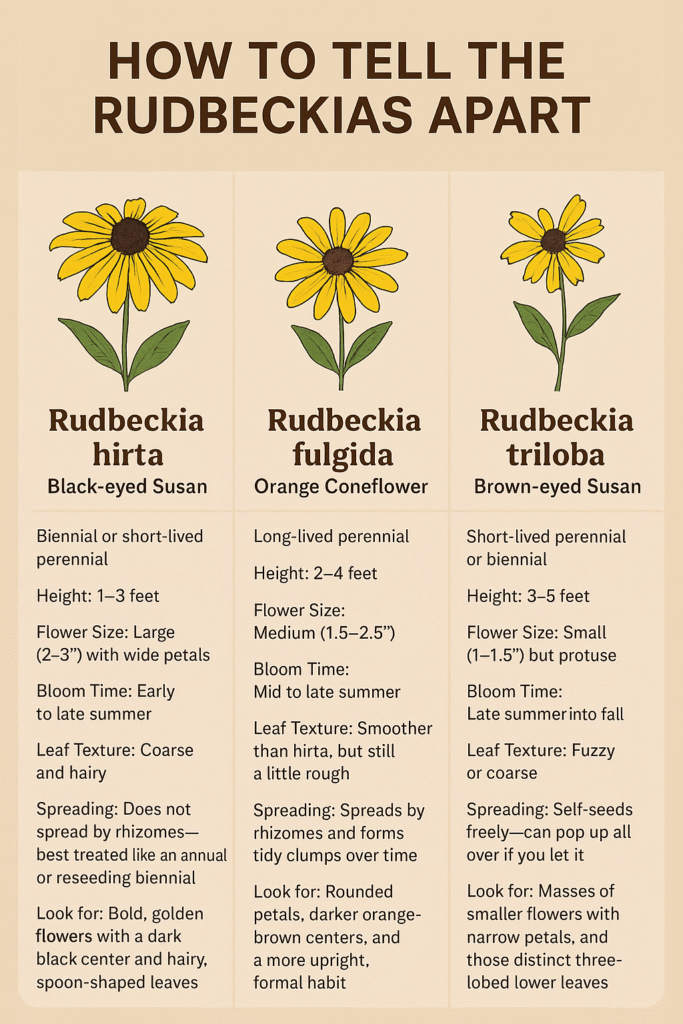
Why Grow Rudbeckias?
This trio covers the whole summer season, from early blooms with R. hirta, to the steady presence of R. fulgida, to the fall fireworks of R. triloba. They support a huge variety of native pollinators, hold their own in tough conditions, and ask for very little in terms of care.
They’re also adaptable—just as comfortable in a tidy border as they are in a meadow planting or informal pollinator patch. And when you mix them with native grasses, goldenrods, and asters, you get a layered, resilient planting that offers both ecological function and seasonal interest.
How to Grow Them
- Light: Full sun is best; R. hirta and R. triloba tolerate part sun. The more sun the more blooms
- Soil: Average to well-drained; R. triloba handles richer soils better than the others.
- Water: Once established, all are drought-tolerant.
- Spacing: 10-36″ depending on species (refer to above)
- Maintenance: Deadhead if desired, or leave seedheads for birds and winter interest. Cut back in early spring.
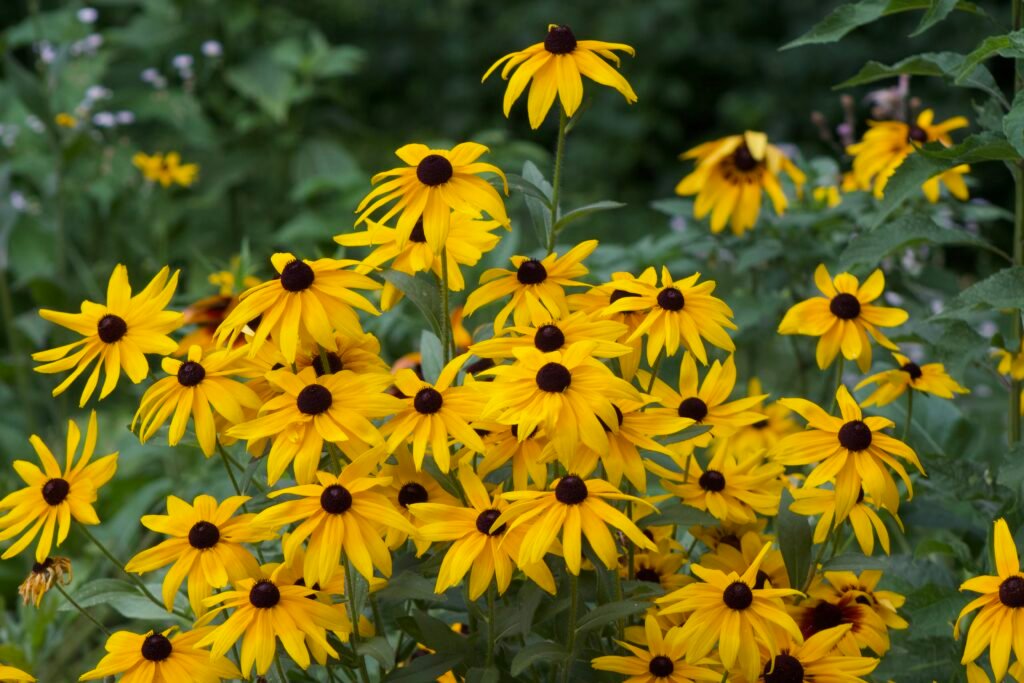
Companion Plants
Pair Rudbeckias with other summer and fall-blooming natives for a garden that not only looks great but works hard:
- Echinacea purpurea (Purple Coneflower)
- Monarda fistulosa (Wild Bergamot)
- Solidago spp. (Goldenrod)
- Symphyotrichum novae-angliae (New England Aster)
- Panicum virgatum (Switchgrass)
- Schizachyrium scoparium (Little Bluestem)
This combination builds biodiversity, offers layered nectar sources, and creates seasonal interest from early summer into fall.
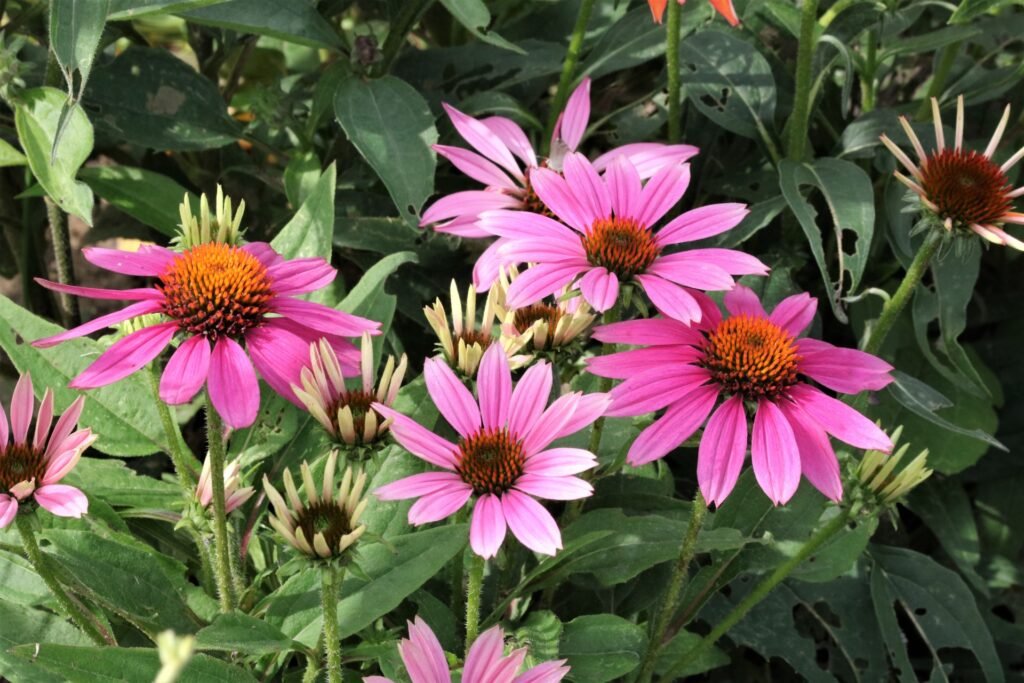
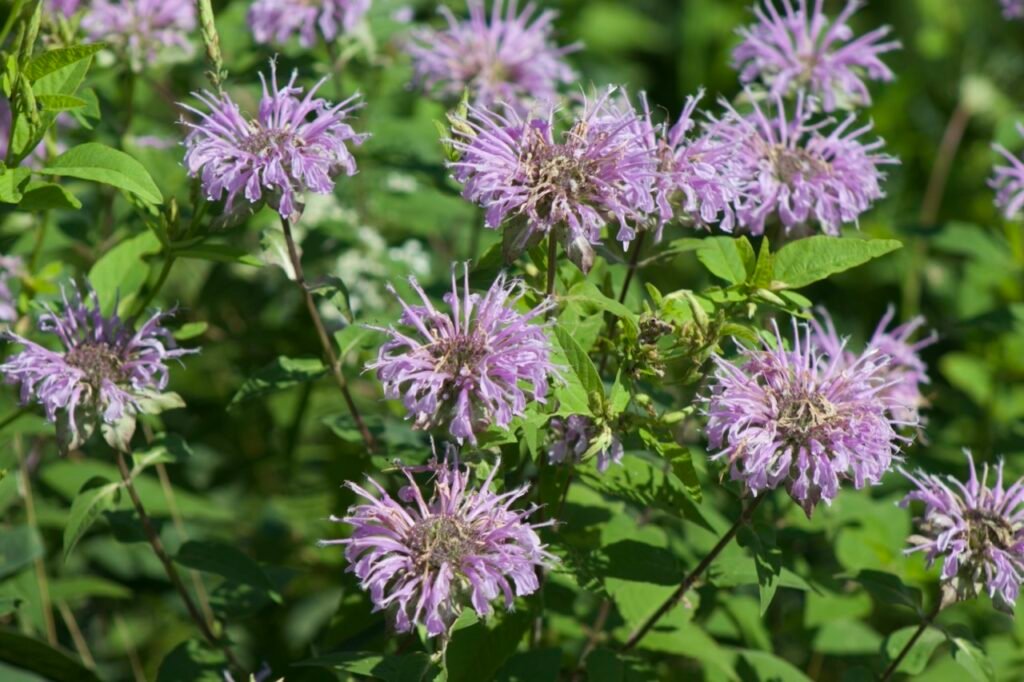
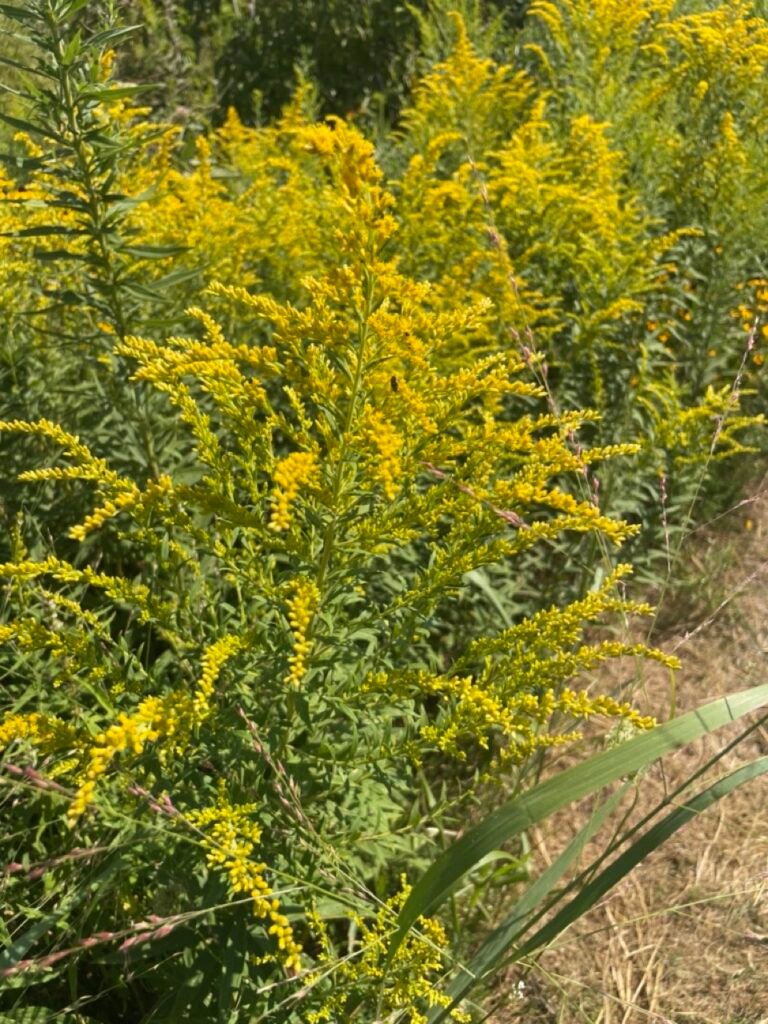
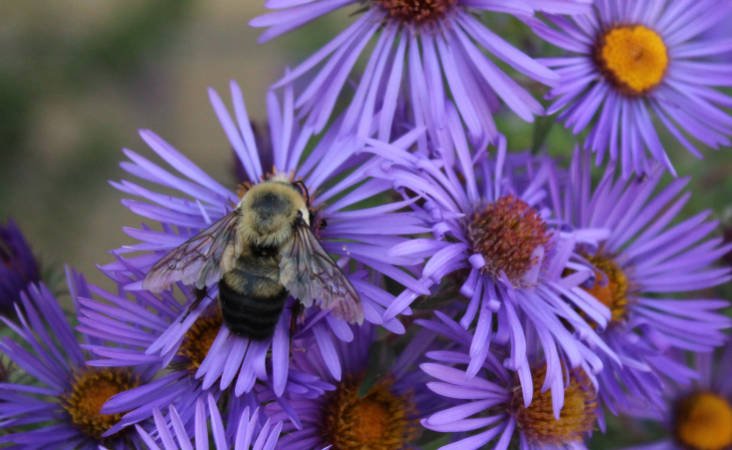
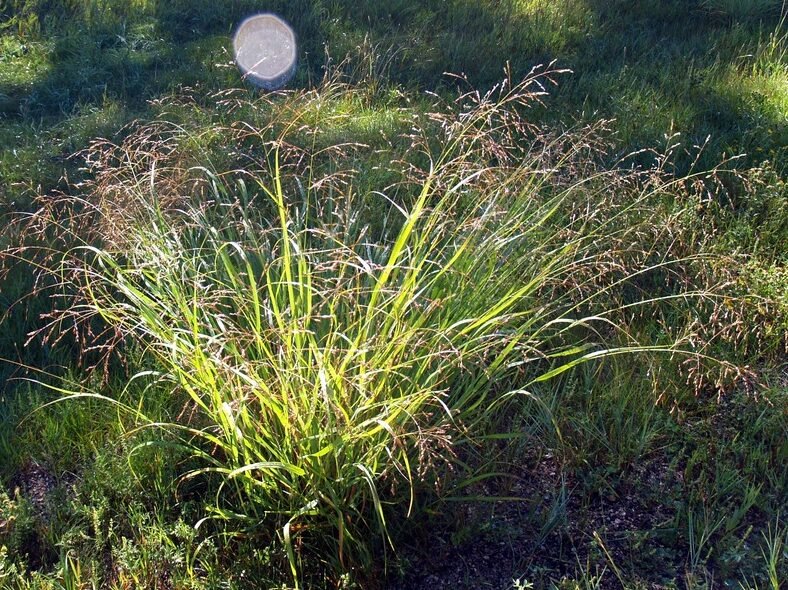
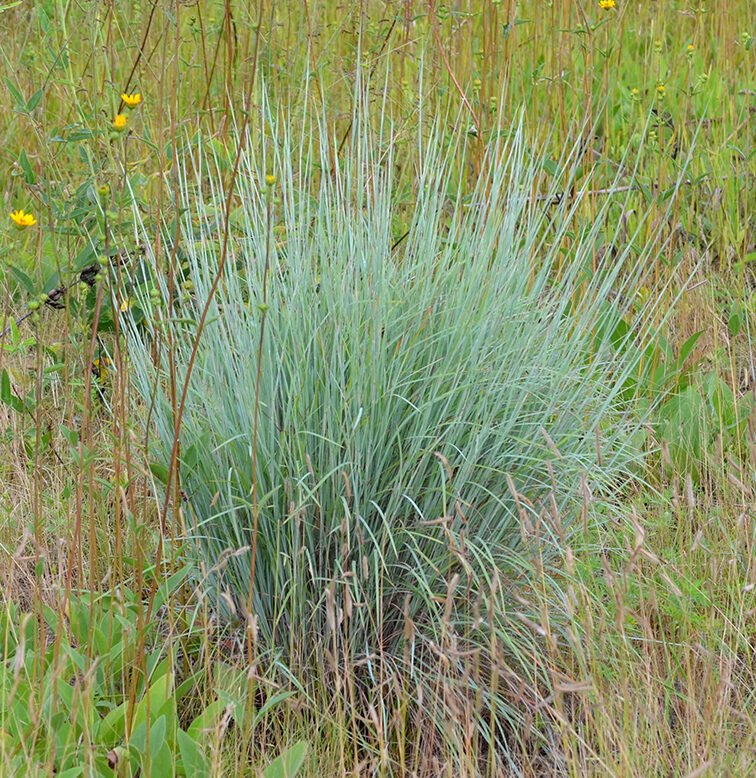
Final Thoughts
Planting Rudbeckia for pollinators is a no-brainer. These golden classics prove that the most familiar plants can still pack the biggest punch. They’re tough, adaptable, and full of life—easy to grow and even easier to love. Whether you’re drawn to the quick-blooming Black-eyed Susan, the long-lasting Orange Coneflower, or the taller, fall-blooming Brown-eyed Susan, there’s a Rudbeckia for every space and season.
Start small or go big—either way, planting Rudbeckia means more color, more movement, and a whole lot more pollinators in your garden.
Check out the hive
The Hive is a personalized native plant database, curated from scientific resources and tailored to your exact ecoregion. It offers detailed growing information for over 75 species.

